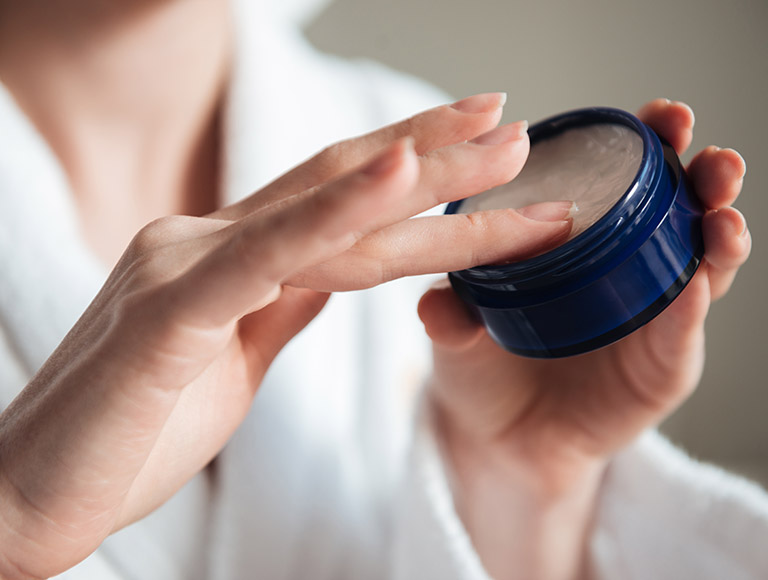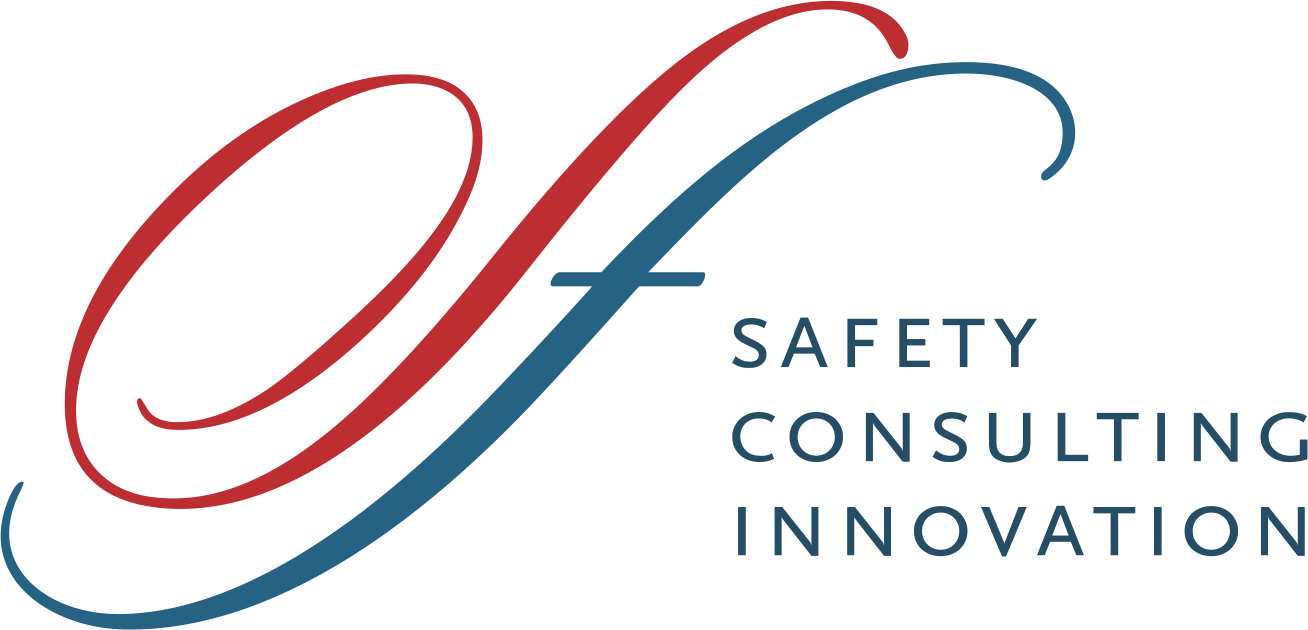|
Getting your Trinity Audio player ready...
|

The National Health Surveillance Agency (ANVISA) temporarily banned the sale of cosmetic products OINTMENTS FOR BRAIDING AND STYLING HAIR. The decision was published on 02/10/2023, through Resolution-RE No. 475, of 02/09/2023. The measure is preventive and is valid until eye irritation investigations are completed. These products MUST NOT BE USED even if the consumer already has the product purchased at home before the publication of this resolution. On 02/17/2023, ANVISA held a webinar. SIMONE FANAN participated and brings us the latest news on this serious problem.
OINTMENTS FOR BRAIDING AND STYLING HAIR are exempt from registration (classified as Grade 1) and are subject to the prior communication procedure to ANVISA through notification.
PROBLEM STATUS
“Until 02/13/2023, ANVISA recorded 764 reported cases of exogenous poisoning related to cosmetics for braiding, styling or fixing hair.”
“Of these cases, 97.8% sought medical attention due to adverse events resulting from the use of the product.”
“Among the most reported signs and symptoms are keratitis, eye pain, corneal abrasion, burning eyes, hyperemia, ocular foreign body sensation and loss of visual acuity.”
“There are more than 35 brands of cosmetic products for braiding, styling or fixing hair referred to in notifications sent to ANVISA from various companies.”
“INVESTIGATION UNDERWAY TO IDENTIFY THE CAUSE OF THE PROBLEM.”
These are reported cases, but it is known that there may be a much larger number of UNreported cases, which is considered a PUBLIC HEALTH PROBLEM.
CAUTIONARY INTERDICTION
“Resolution-RE No. 475, of February 9, 2023: all ointments for braiding, styling or fixing hair are prohibited from being sold by ANVISA.”
“Motivation: Considering the reports of serious adverse events related to ocular poisoning and in view of the provisions of articles 6, 7 of Law 6360, of September 23, 1976.”
“The ANVISA Collegiate Board of Directors (DICOL) determined that the suspensive effect of any administrative appeals filed in light of Resolution-RE No. 475, of February 9, 2023, will be removed.”
“DICOL also decided to suspend new notifications to ANVISA for the regularization of products such as ointments for braiding, styling or fixing hair, during the period in which the precautionary ban determined by Resolution-RE No. 475, of February 9, is in force. 2023.”
SOME POSSIBLE CAUSES OF ADVERSE EVENTS
“Formula developed by responsible companies is not safe:
- Ceteareth-20 in high concentration (without explicit use restrictions in standards).
- Cetearyl alcohol in high concentration (without explicit use restrictions in standards).
- Methylchloroisothiazolinone It is Methylisothiazolinone (RDC 528/2021).
How to Use now favors greater contact of the products with the eyes:
- Greater amount of product throughout the hair.
- Greater amount of product applied to hair located in the frontal part.
Use of ointments combined with other products.
Addition of ingredients not reported to ANVISA to products:
- Manufacturer
- Consumers or professionals who use the product.
Impurities of raw materials.”
INVESTIGATION – FORMULA DEVELOPED BY RESPONSIBLE COMPANIES IS NOT SAFE
“Evaluation of regularization processes for products with adverse reactions:
- Ingredients with the potential to cause adverse ocular reactions identified.
- No common ingredient was identified among all products with adverse reactions.
- Research to identify whether products with Methylchloroisothiaxolinone It is Methylisothiazolinone at concentrations permitted before 08/11/2021 could cause the adverse reactions observed.
- Research to identify the safe concentration of Ceteareth-20 It is Cetearyl Alcohol for products with the possibility of contact with eyes.
- Eye safety assessment requested for products and data supporting safety Ceteareth-20 and/or Cetearyl Alcohol in the concentration used.”
- “Processes canceled with Methylchloroisothiazolinone It is Methylisothiazolinone notified as of 08/11/2021 (RDC 528/2021).
- Processes that did not present the documentation required by RDC 752, of 2023, were cancelled.
- Processes that did not respond to ANVISA’s request within the specified period have been cancelled.”
“Laboratory assessments:
- pH analysis and eye corrosion/irritation test in vitro following the OECD TG 437 (BCOP) method at different concentrations of Ceteareth-20 It is Cetearyl Alcohol to check the maximum safe concentration in products that can come into contact with the eyes.
- NMR or HPLC analysis of finished products to investigate the presence of potential impurities.”
RDC 528/2021 – LIST OF PRESERVATIVE SUBSTANCES ALLOWED FOR PERSONAL HYGIENE PRODUCTS, COSMETICS AND PERFUMES
“Item 35 (Methylchloroisothiazolinone It is Methylisothiazolinone) and item 57 (Methylisothiazolinone):
- Prohibited in products that cannot be rinsed (including wet wipes).
- Of the 594 canceled regularization processes, the reason for the majority of cancellations is non-compliance with RDC 528/2021.”
OBJECTIVES OF THE RESEARCH
“Identify the cause of adverse reactions.
Adopt regulatory measures restricted to the products that are causing adverse reactions.
Avoid the need to analyze the regularization processes of all products:
- It demands a lot of ANVISA's time.
- It can result in costs for companies.
- It may not solve the cause.”
